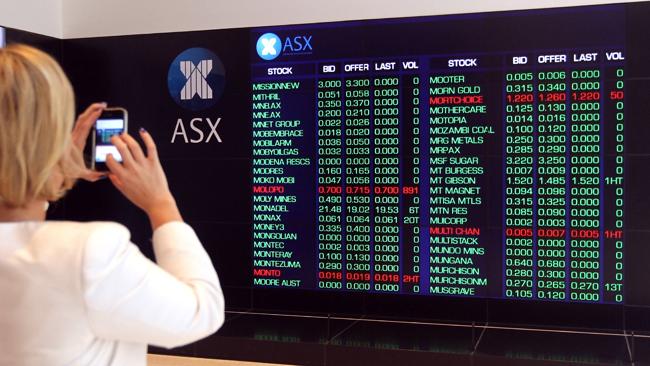Growth tipped to slow, according to economists
WHILE the housing and mining sectors remain strong the economy has slowed significantly in other areas, with annual growth expected to have slowed to 1.9 per cent.

ECONOMIC growth is expected to have slowed significantly, with little signs of life outside of the housing and mining sectors.
The annual rate of growth is expected to have slowed to 1.9 per cent in the three months to March, down from 2.5 per cent in the previous quarter, according to an AAP survey of 12 economists. Gross domestic product (GDP) is expected to have lifted by a sluggish 0.5 per cent in the March quarter, matching the December quarter growth rate, and only slightly stronger than the September quarter’s 0.4 per cent.
The Australian Bureau of Statistics is due to release the latest GDP figures on Wednesday.
The main issue for the economy was the recovery in non-mining sectors, which so far has mainly been restricted to housing, ANZ co-head of Australian economics Felicity Emmett said.
“While interest rates are at a record low, housing remains the only sector to have responded in a typical cyclical fashion,” she said.
“Consumer spending growth remains moderate at best, weighed down by soft income growth and ongoing fragile household confidence.” The latest business investment figures showed non-mining companies planned to reduce their spending over the next financial year.
“This is particularly disappointing, as without a sustained pick-up in non-mining business investment, the recovery will falter,” Ms Emmett said.
Another issue is large falls in commodity prices in the early months of 2015, Westpac senior economist Andrew Hanlan said. Weaker export prices relative to import prices — known as terms of trade — are a drag on growth and incomes.
The terms of trade fell 1.2 per cent in the March quarter, to be down 10 per cent for the year.
“This double-digit fall represents a significant negative income shock to Australia,” Mr Hanlan said.
“Commodity prices tumbled as China’s economy slowed and as global commodity supply expanded.” Mr Hanlan said consumer spending will be the key issue in the March quarter GDP figures.
“The consumer is both a key interest and a key uncertainty,” he said.
“We anticipate a lukewarm quarter for consumer spending, wages growth has been weak and the household saving ratio, while lower than a year ago, remains relatively high.”
ECONOMY REMAINS SLUGGISH IN THE MARCH QUARTER
â— Median forecast for March quarter growth of 0.5 per cent
â— Annual growth forecast to be 1.9 per cent
â— March quarter growth forecasts: 0.3 to 0.7 per cent
(Source: AAP survey of 12 economists)



